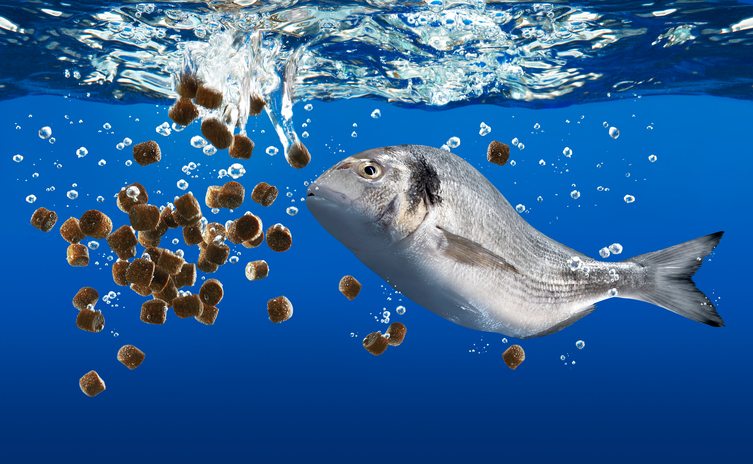
What Is Aquaculture and Why Is It Necessary?
Aquaculture will account for 62% of all seafood produced for human consumption by 2030. It is now around 50%. So, you might be wondering, what exactly is aquaculture? It is defined as the controlled cultivation of aquatic creatures, primarily for human consumption.
It's similar to agriculture, but instead of plants or cattle, it's fish. Also known as fish farming. Your local grocery store's seafood is most likely labelled as farmed fish.
Aquaculture can and does occur all around the world, including in coastal ocean waters, freshwater ponds and rivers, and even tanks on land.
So how does it work exactly?
The methods used in the fish farming farm-to-table process vary per species. The manufacturing chain is divided into four stages, beginning with hatcheries and finishing at the seafood counter at your local supermarket. The hatchery is the initial step in the aquaculture production process. This is where fish are bred, the eggs hatch and young fish are raised. When the animals reach a certain age, they are transported to a farm where they are raised to harvest size with feed generated by feed mills. The fish are then transferred to a processing plant, where they are packed and distributed to supermarkets and food shops.
So why should you know this?
Given that overfishing of our seas and other natural resources is expanding year after year, we must find alternative seafood sources to feed the world's ever-growing population. The oceans cannot naturally meet the demand for seafood. Hence, aquaculture is a technique for filling the seafood supply gap. Responsible and sustainable fish farming is the key to supplying future generations with nutritious and ecologically conscious protein sources. Aquaculture is not only vital, but it is also a sustainable alternative for consumers, especially when compared to other farmed proteins. When compared to chicken, pig, and beef, seafood is the most resource efficient, with the best protein retention. It also has the lowest feed conversion ratio of the same protein types. Aquaculture emits fewer greenhouse gases than other kinds of farming.
With an estimated 10 billion people on the earth by 2050, the need for animal protein will grow by 52%. Sustainable and healthful means of feeding the planet are now more important than ever. Aquaculture's function in providing a healthy, lean protein source for the world's rising population is critical. Aquaculture's major mission is to efficiently supplement wild-caught fish alternatives to boost the amount of seafood accessible globally.
Aquaculture is of major importance in today’s world. It has the potential to enhance the health of our world and our population, as long as it is done in an ecologically friendly, socially responsible, and food safety and animal welfare-conscious manner.
At Intan, we are here to provide you with premium fish feed. Our feed is tailored to meet the specific needs of each species. We truly believe every feed can spark positive change and create a future promoting quality, resilience, and well-being. We aim to serve the needs of hobbyists and breeders for the best quality of each species’ unique requirements. To know more about us, check out our Instagram page or you can find us at our nearest outspot.
We are not just a brand; we are stewards of the underwater world. We believe in the well-being of our friends and their mental health. Understanding and addressing the stressors that affect fish is not just a concept for us, it's a commitment. Through our dedication to research and innovative products, we aim to ensure that fish everywhere can lead happier, healthier lives.